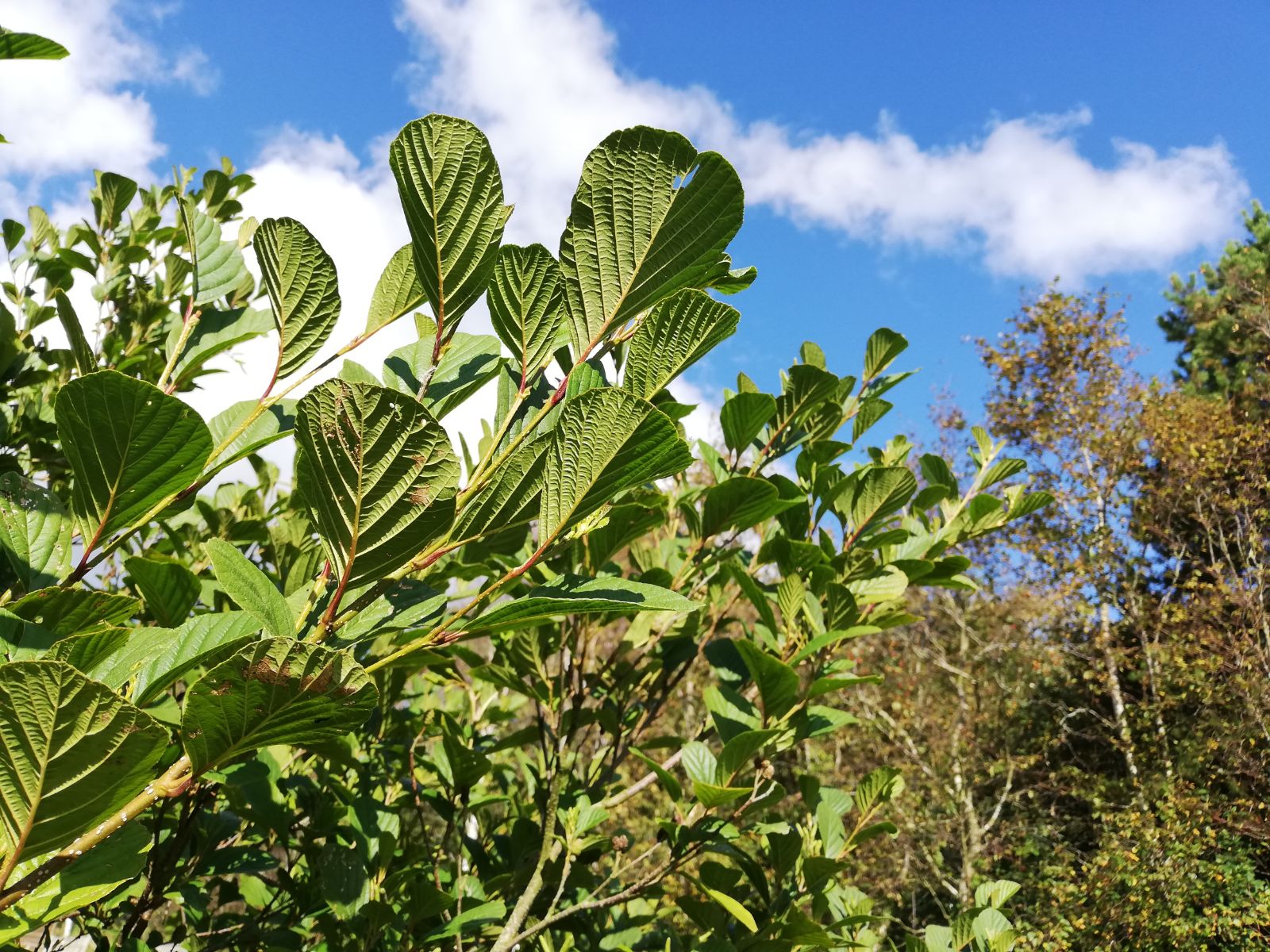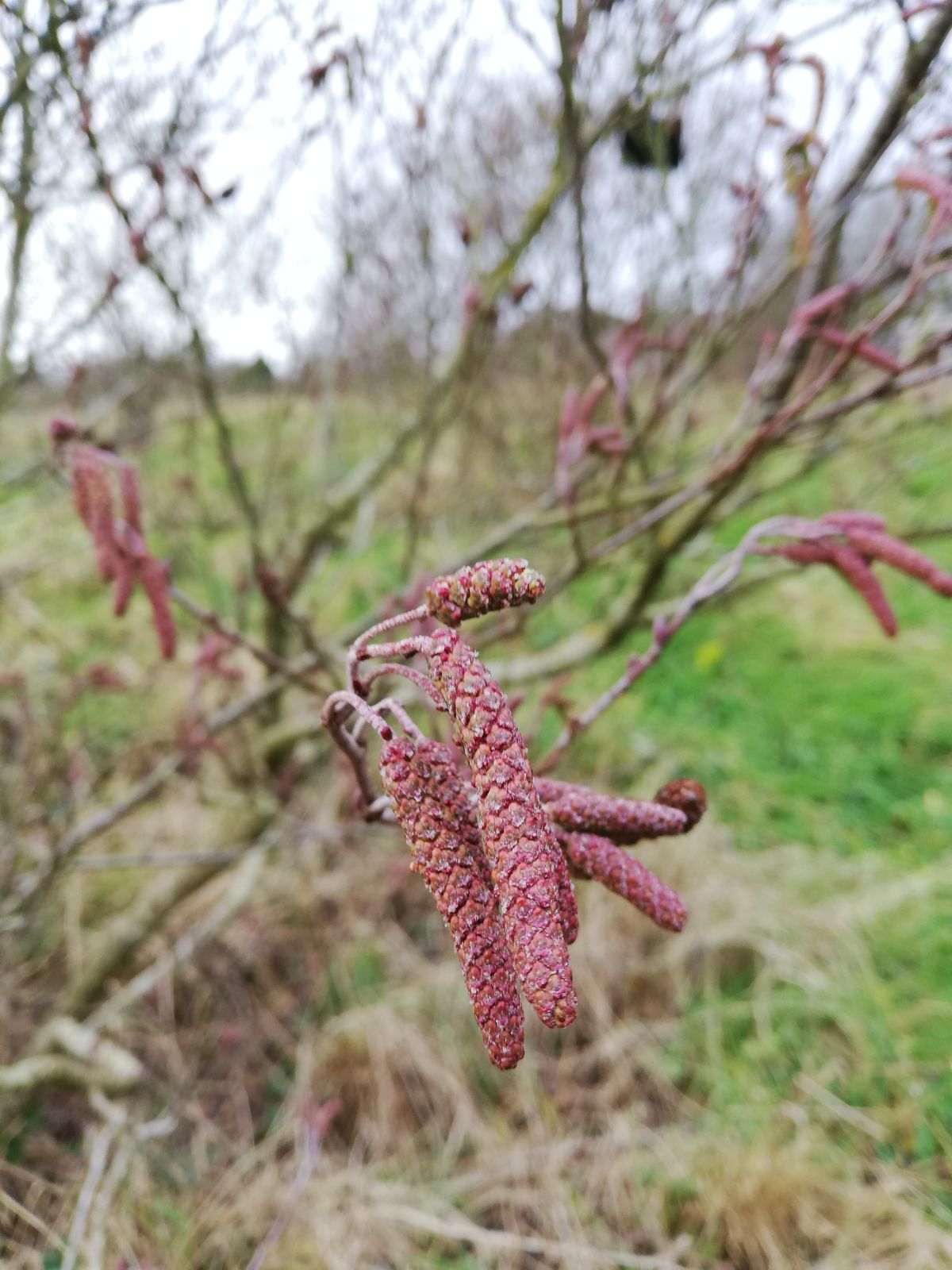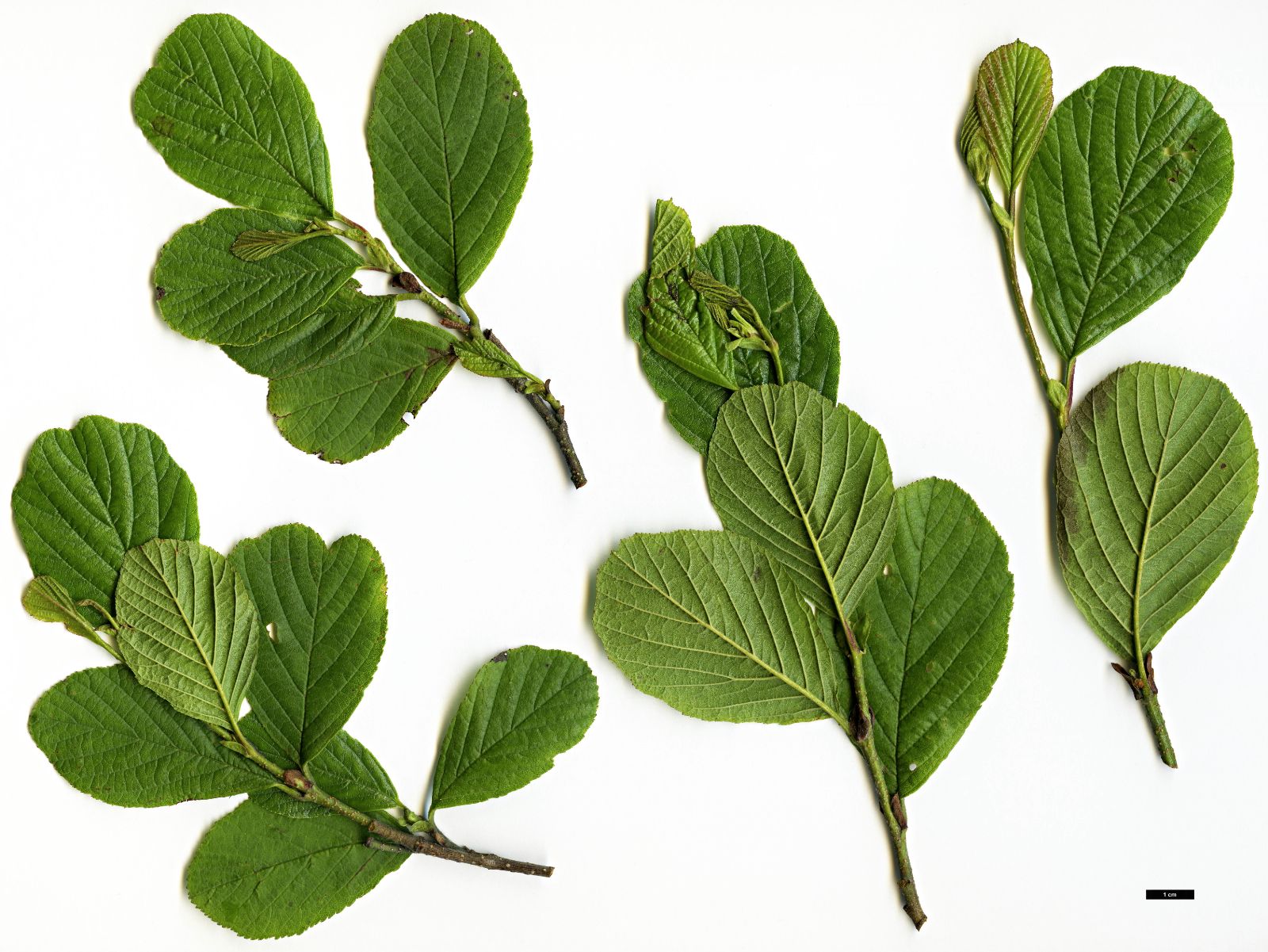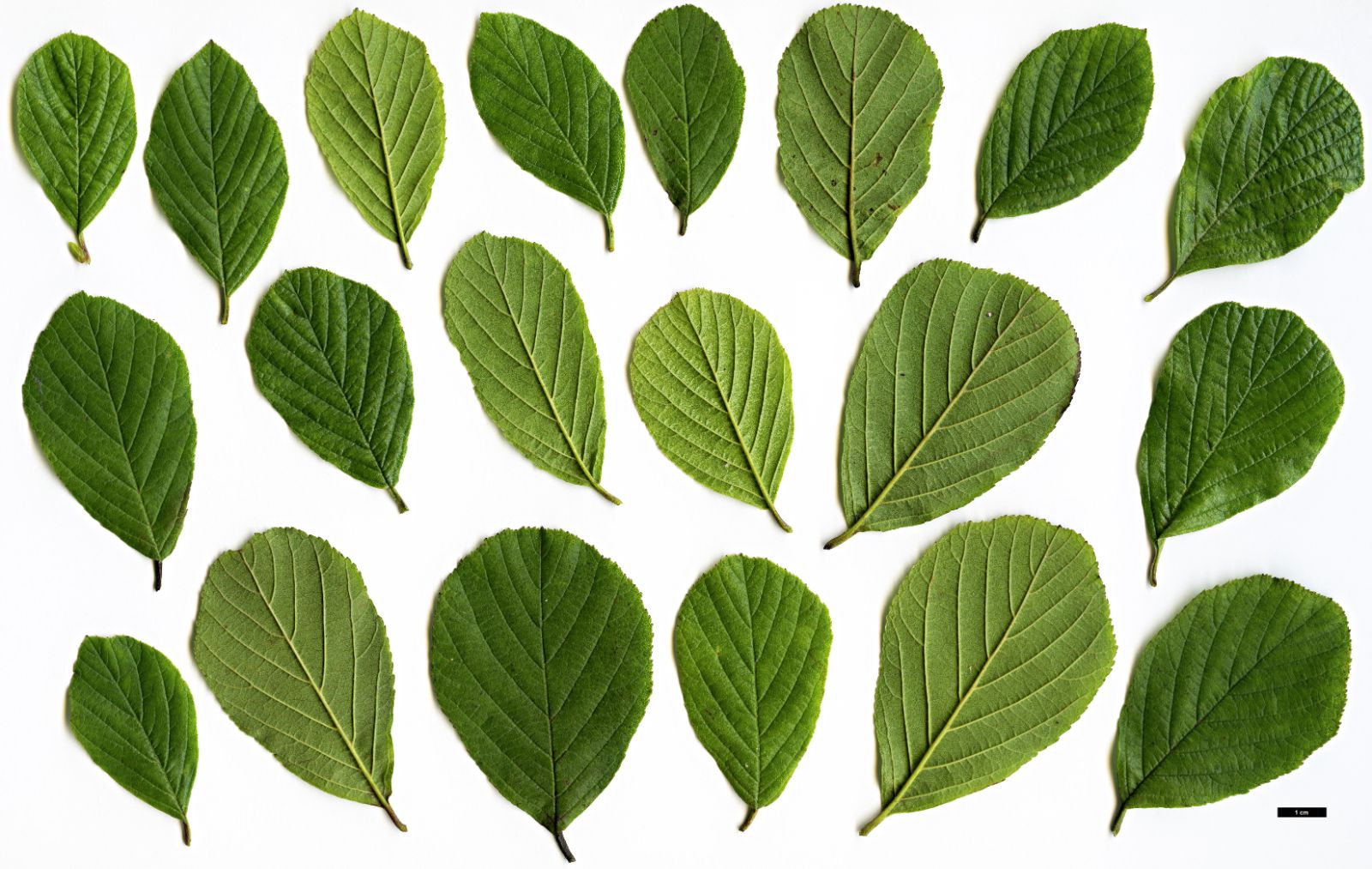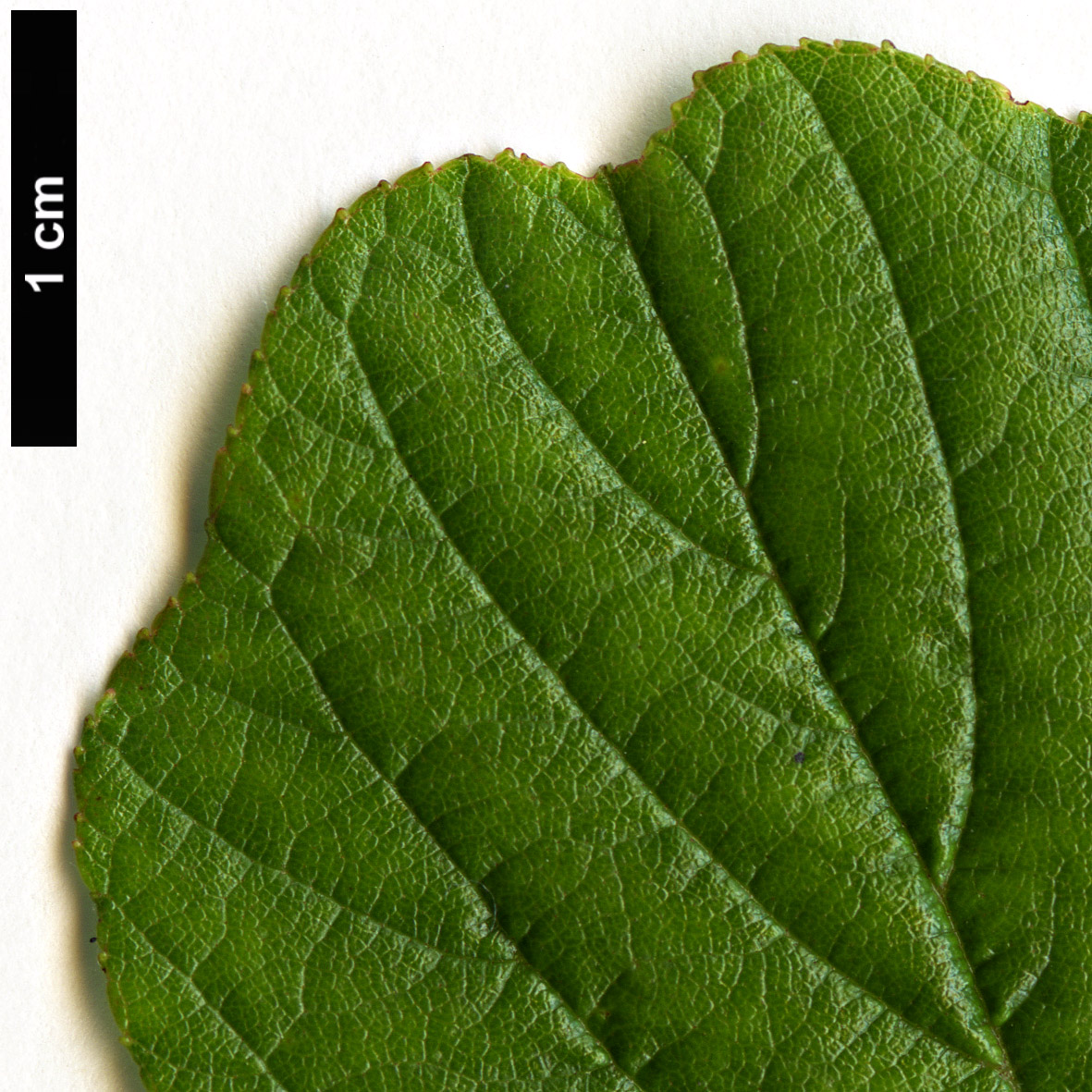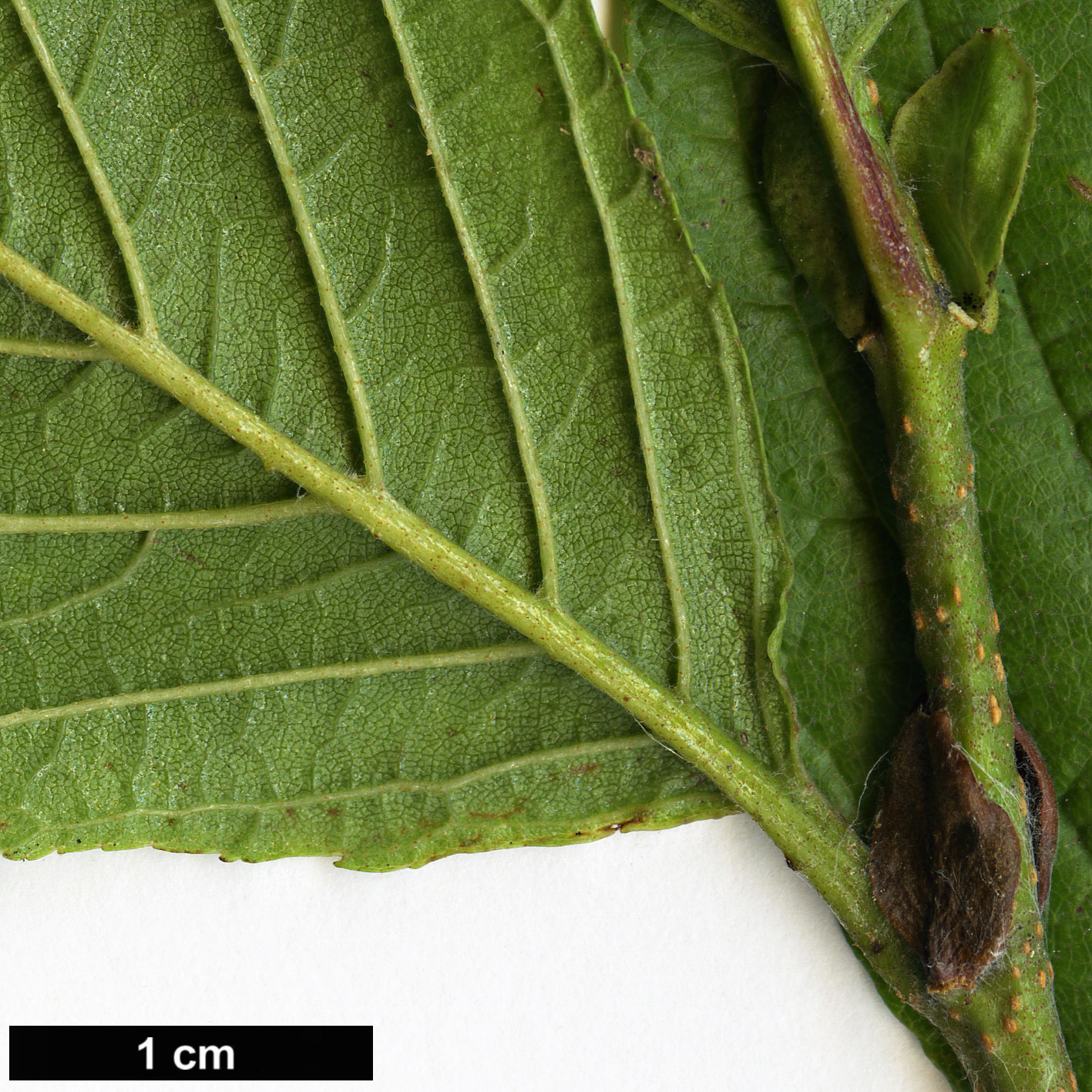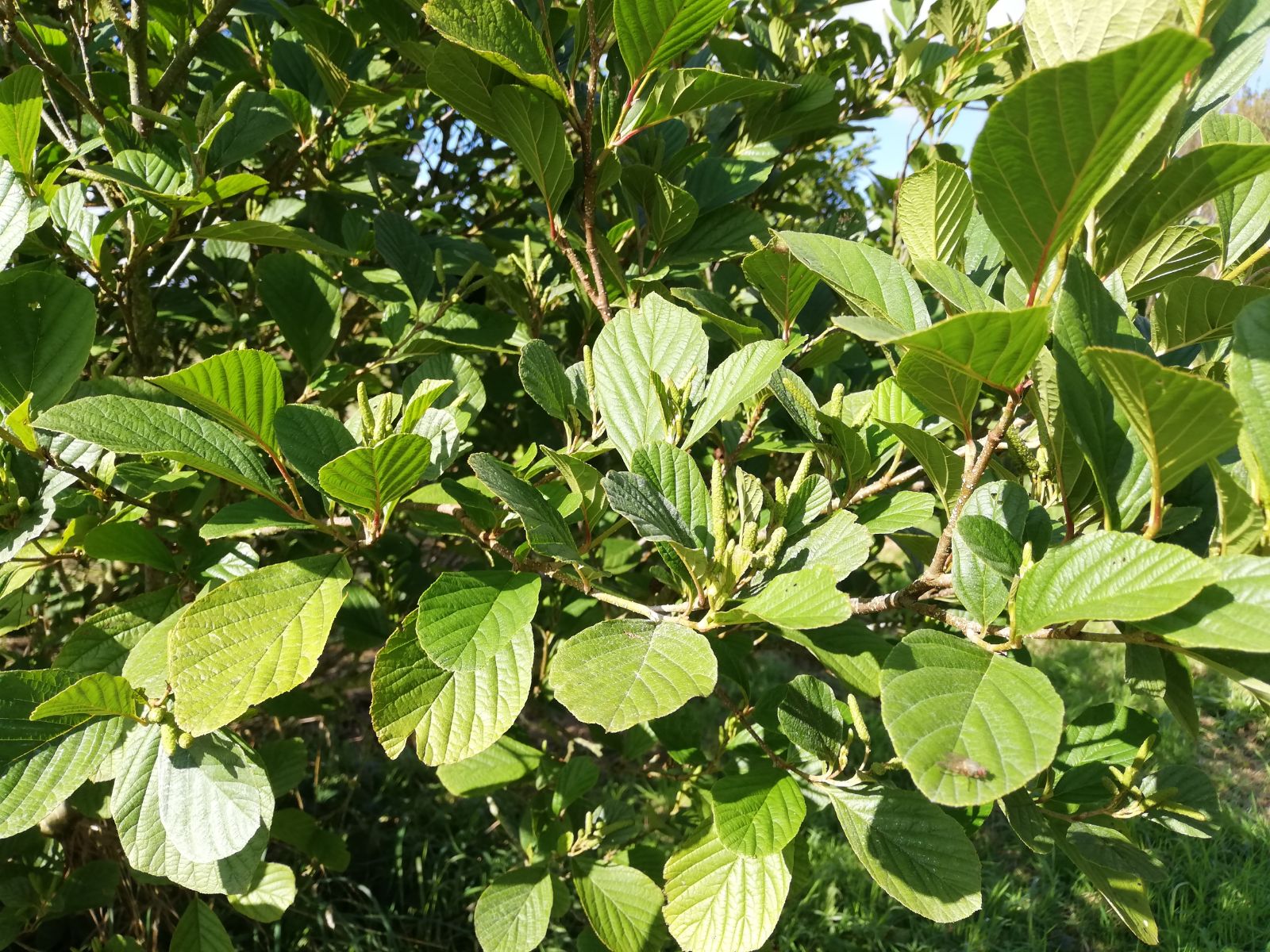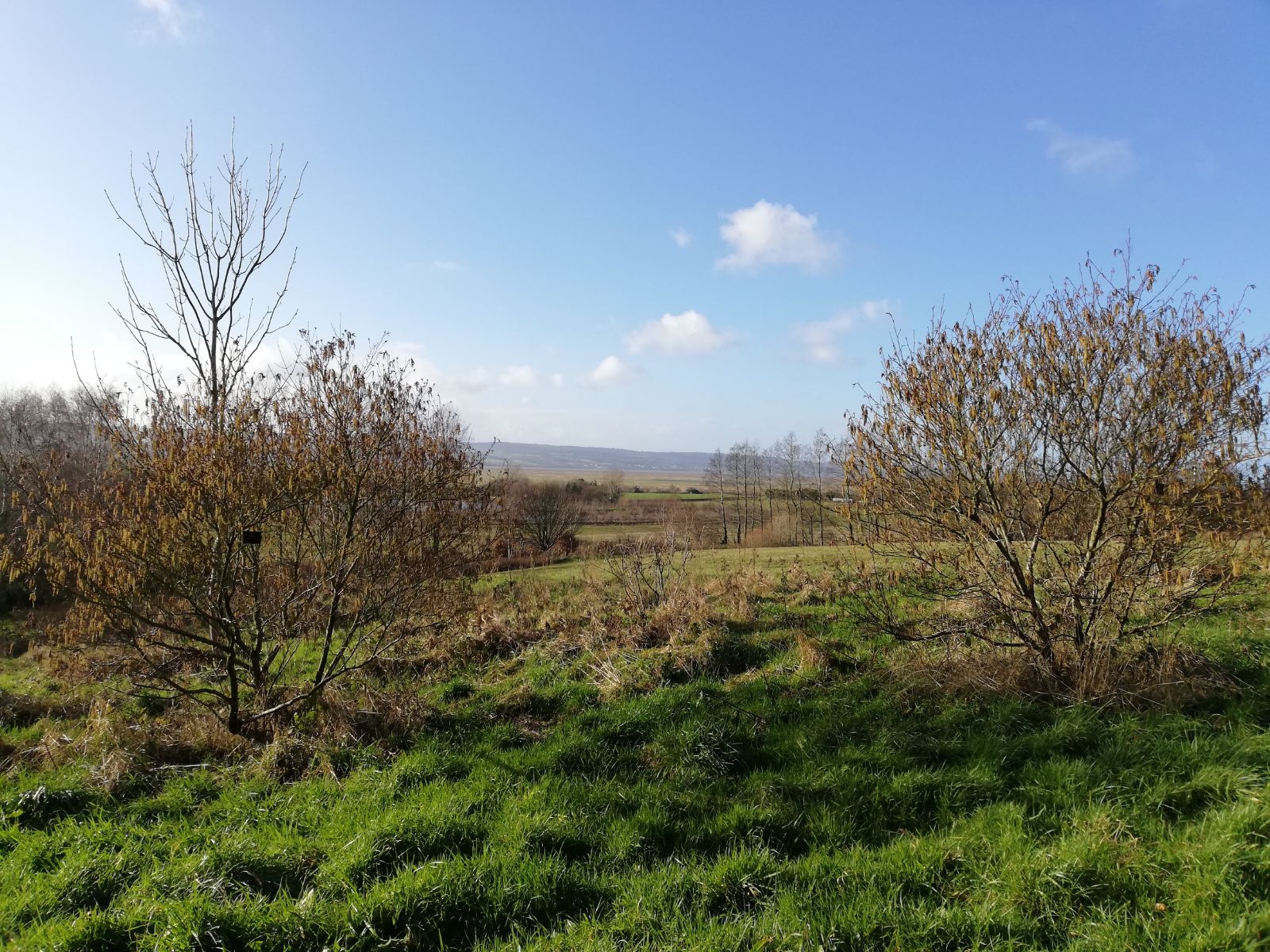Alnus serrulatoides
Sponsor
Kindly sponsored by
a member of the International Dendrology Society
Credits
Tim Baxter & Hugh A. McAllister (2024)
Recommended citation
Baxter, T. & McAllister, H.A. (2024), 'Alnus serrulatoides' from the website Trees and Shrubs Online (treesandshrubsonline.
Genus
- Alnus
- Subgen. Alnus, Sect. Fauriae
Common Names
- Kawara-han-no-ki
Synonyms
- Alnus glutinosa var. obtusata (Fr. & Sav.) Winkl.
- Alnus katoana Yanagita
- Alnus maritima var. obtusata Fr. & Sav.
- Alnus obtusata (Franch. & Sav.) Makino
- Alnus semilatoides Callier.
Other taxa in genus
- Alnus acuminata
- Alnus alnobetula
- Alnus betulifolia
- Alnus cordata
- Alnus cremastogyne
- Alnus djavanshirii
- Alnus dolichocarpa
- Alnus × elliptica
- Alnus × fallacina
- Alnus fauriei
- Alnus ferdinandi-coburgii
- Alnus firma
- Alnus formosana
- Alnus glutinosa
- Alnus hirsuta
- Alnus incana
- Alnus inokumae
- Alnus japonica
- Alnus jorullensis
- Alnus lanata
- Alnus lusitanica
- Alnus maritima
- Alnus matsumurae
- Alnus × mayrii
- Alnus nepalensis
- Alnus nitida
- Alnus oblongifolia
- Alnus orientalis
- Alnus pendula
- Alnus rhombifolia
- Alnus rohlenae
- Alnus rubra
- Alnus serrulata
- Alnus sieboldiana
- Alnus 'Sipkes'
- Alnus × spaethii
- Alnus subcordata
- Alnus trabeculosa
Small tree or shrub to 5 m. Bark dark brown or purple-brown, branches grey-brown, rough and slightly fissured. Buds 5–15 mm, stipe 5–10 mm, elliptic, apex obtuse, pubescent, red-brown, scales barely covering folded leaves. Leaves obovate to orbicular, 6–10 × 4–9 cm, apex cuspidate to emarginate, base cuneate, adaxially glabrous to puberulent, glossy, abaxially glabrous with venation glabrous to pilose, serrulate with small, even teeth, sparely so to base, craspedodromous with 6–9 pairs of strongly impressed lateral veins, rugose, petiole 8–15 mm, reddish (colour extending into leaf), pilose. Staminate inflorescences terminal to branch, 3–6 lanceolate-oblong catkins in raceme, erect and tightly clustered in bud, to pendent at anthesis, 12–35 × 2–4 mm, brown-pink in winter, peduncle 1–2.5 cm. Pistillate inflorescences on lateral branch below males, 1–4 ovate-oblong catkins in erect raceme, 3–7 × 2–3 mm, peduncle 2 mm. Cones ovoid-elliptic, 8–20 × 5–10 mm, apex obtuse to subacute, bracts 2.5 × 2 mm with 4 equal dentate scales, trigonous, resinous, main peduncle branch 2.5–4 cm, peduncle 2–10 mm. Seed 2.5 × 2 mm, elliptic-obovate, with thickened rim, styles persistent short and strongly divergent. Flowering March-April in situ, January-April ex situ, cones maturing in autumn. Diploid, 2n=28. (Rice et al. 2015; Iwatsuki, Boufford & Ohba 2006; De Langhe 2018; T. Baxter pers. obs.).
Distribution Japan S. Honshu (Tokaido, Kinki, and Chiigoku), Shikoku
Habitat Riverine habitats, often in semi-shade.
Conservation status Data deficient (DD)
Alnus serrulatoides is a little-known species from southern parts of Japan. It grows in thickets along streams and rivers and forms a small tree or multi-stemmed shrub. Since being named by Alfons Callier, A. serrulatoides has received little attention compared to many other alders, and needs more research to assess it fully. Murai (1964) places A. serrulatoides in Section Faurei alongside A. fauriei, which is how it is treated here, albeit rather reluctantly. Schneider (Sargent 1916) places it in the more generalised Section Gymnothyrsus alongside the large A. glutinosa group. In one important molecular study the species is rather confusingly placed either as sister to the A. japonica–A. serrulata group, or as sister to the A. incana–A. trabeculosa group, depending on whether chloroplast or nuclear DNA sequences were studied (Ren, Xiang & Chen 2010).
This is a distinctive species of shrubby habit, most similar morphologically to Alnus serrulata, A. maritima and A. fauriei. It is distinguished by its short-shoot leaves with emarginate apices, longer than wide, glossy, with veins reaching the edges (craspedodromous) and strongly impressed throughout, male catkins in dense erect terminal clusters becoming pendulous at anthesis, and small, often elliptic-ovate cones. It differs from A. fauriei in its smaller stature and more multi-stemmed habit, with leaves longer than broad, shorter male catkins and smaller cones. A. maritima has narrow elliptic leaves with acute to obtuse apices and veins almost reaching the edges (semicraspedodromous or eucamptodromous), is autumn flowering and has cones held often singly in leaf axils. A. serrulata has elliptic to ovate leaves which are flat and matt, and male inflorescences held semi-erect and more distant on longer peduncles.
Alnus serrulatoides remains confined to specialist collections. It has some ornamental merit for its shrubby form and attractive glossy leaves, and perhaps should be tried more widely. In cultivation it is grown at Ness, from a plant of unknown provenance, as well as at Howick Hall (from K&K 8834, Aichi Prefecture, S Honshu), where it had made a multi-stemmed shrub 4 m tall by 2019 (Tree Register 2021). It appears to also be rare in cultivation in its native Japan. Despite being recorded as a plant of shaded riverine habitats, at Ness it grows perfectly happily in full sun in a dry situation amongst grass. It appears to be quite resistant to Alder Leaf Beetle.

